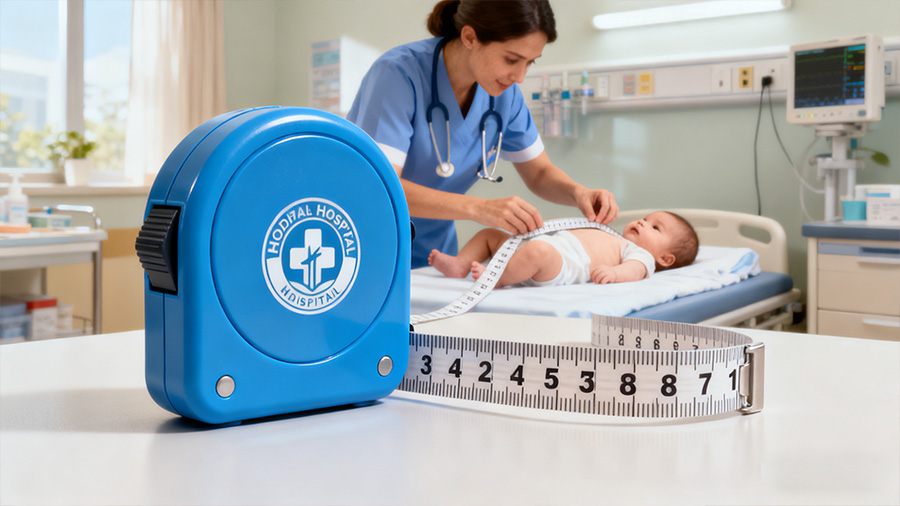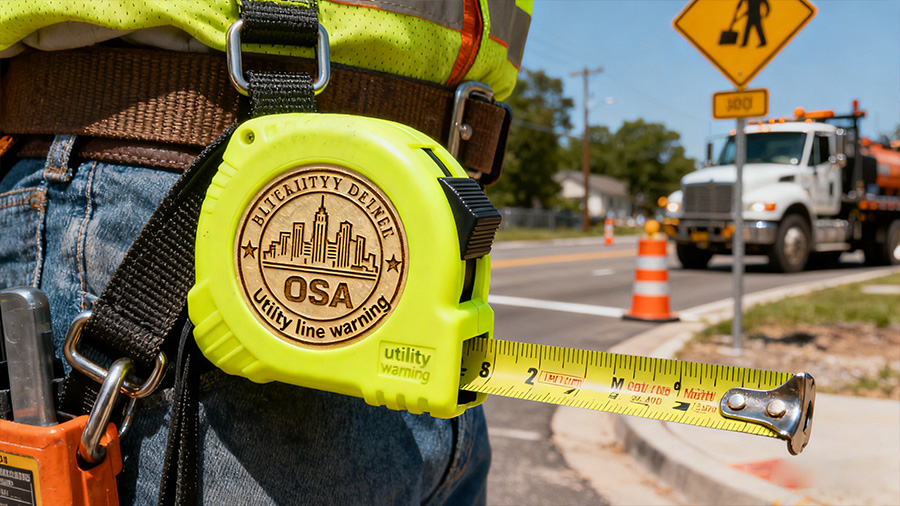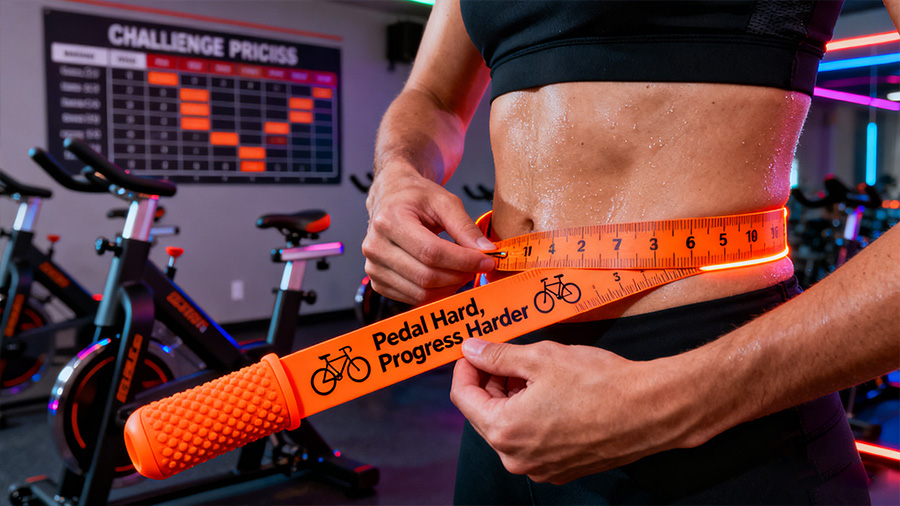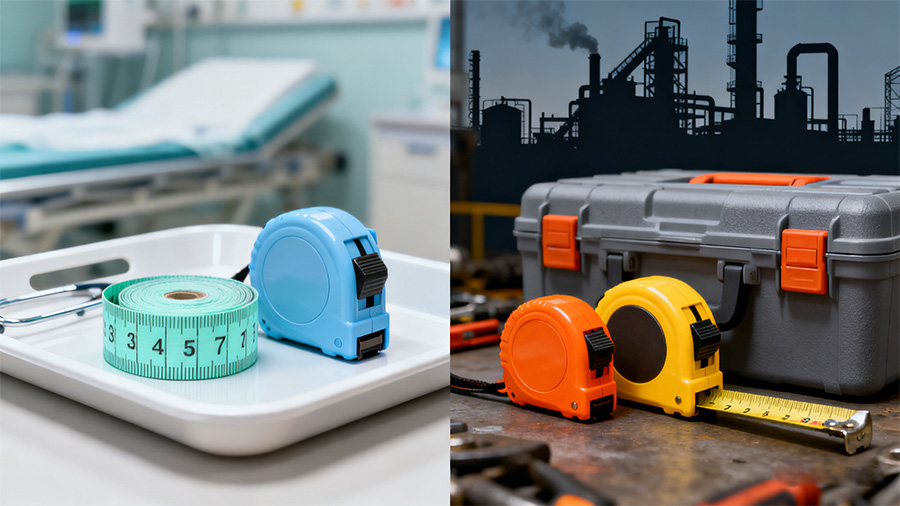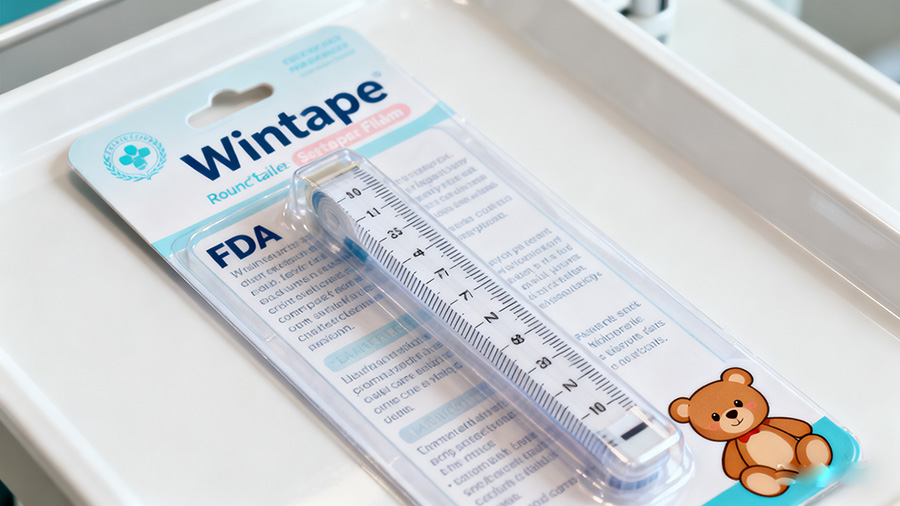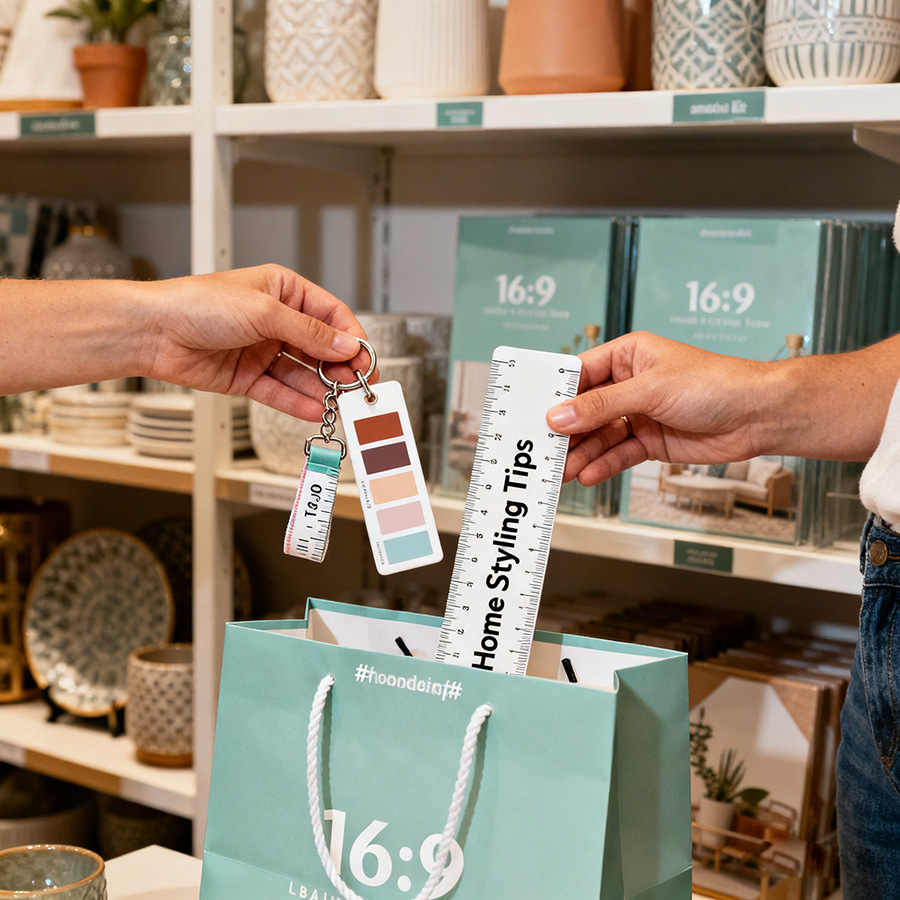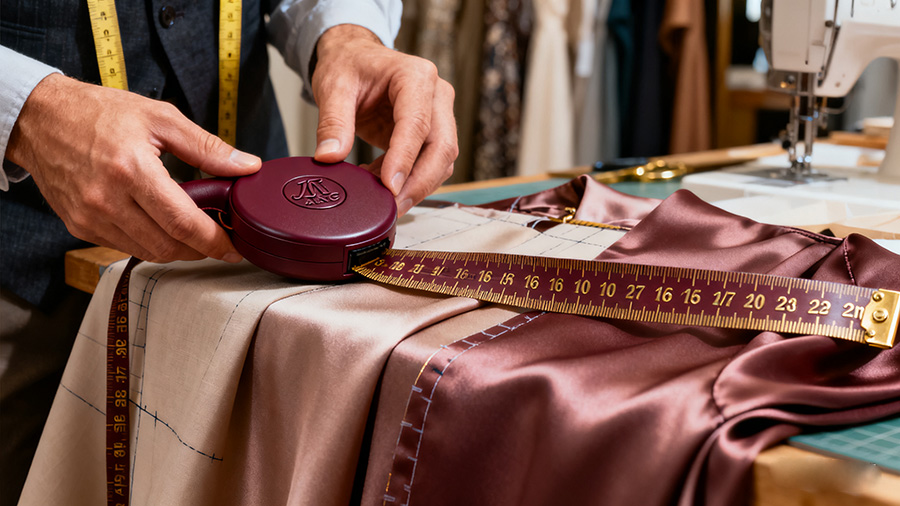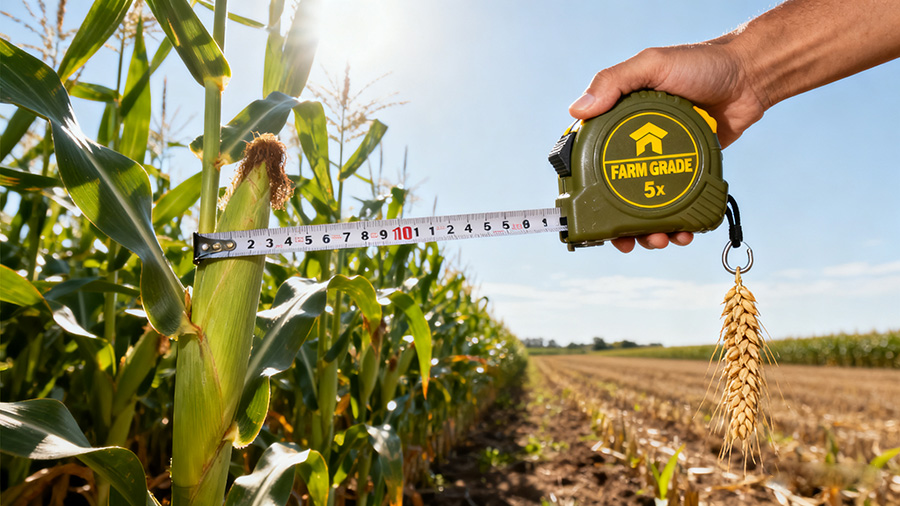Wound ruler is the indispensable 'CP' (perfect partner) to wound dressing, forming a critical duo for effective, efficient, and economical care. Understanding this partnership and mastering measurement techniques unlocks significant benefits, from cost savings to optimal healing outcomes.
The Costly Consequence of Guesswork: Why Measurement Matters
Applying a dressing without accurately knowing the wound size is akin to shooting in the dark. The results are predictably problematic:
- Oversized Dressings: Applying a dressing significantly larger than the wound is pure waste. Excess material serves no therapeutic purpose, directly inflating supply costs. In resource-constrained environments like busy clinics or home care, this waste is unsustainable.
- Undersized Dressings: A dressing too small fails to cover the wound adequately. It risks adhering to the wound bed (causing trauma and pain on removal), exposes vulnerable tissue to contaminants and bacteria, and fails to manage exudate effectively, leading to leakage, maceration of surrounding skin, and potential infection. This often necessitates more frequent dressing changes, increasing nursing time and overall costs.
- Ineffective Healing Environment: Both scenarios disrupt the ideal moist wound healing environment. An undersized dressing can't maintain it, while an oversized one might create excessive moisture or fail to conform properly.
The Wound Ruler: The Economical and Clinical 'CP'
The humble wound ruler directly addresses these challenges, proving its worth as the dressing's essential partner:
- Precision Sizing = Reduced Waste: Accurate length and width measurements allow clinicians to select the exactly right dressing size from inventory, minimizing off-cuts and unused material. This directly translates to lower per-treatment supply costs.
- Optimized Dressing Performance: A correctly sized dressing performs its functions optimally: absorbing exudate without leakage, protecting the wound, maintaining a moist environment, and facilitating autolytic debridement where needed. This reduces the frequency of required changes.
- Improved Efficiency: Less time spent managing complications from ill-fitting dressings (leakage, maceration, infection) and fewer dressing changes free up valuable nursing time for other patient care activities.
- Enhanced Tracking: Consistent, accurate measurement using the ruler is fundamental for objective wound assessment. Tracking changes in size (reduction or, concerningly, increase) is a primary indicator of healing progress or the need for treatment modification.

Mastering Measurement: How to Use Your Wound Ruler Effectively
Accurate measurement is a core clinical skill. Here’s a step-by-step guide using a disposable paper wound ruler (the most common and hygienic type):
Preparation is Paramount:
- Infection Control: Perform hand hygiene meticulously and don clean gloves.
- Wound Cleansing: Gently cleanse the wound with an appropriate sterile solution (e.g., normal saline) to remove debris, exudate, or old dressing residue. Pat the surrounding skin dry carefully.
- Patient Comfort: Explain the procedure to the patient and ensure they are positioned comfortably, with the wound area well-supported and accessible. Adequate lighting is essential.
Identifying the Wound Margins:
- Clearly define the edges of the wound. Look for the transition from damaged tissue to intact skin. Be mindful of any undermining or tunneling (see below).
Measuring Length and Width:
- Place the Ruler: Hold the wound tape measure over the wound.
- Largest Dimensions: Measure the wound's length (head-to-toe direction, or longest dimension) and width (side-to-side, or widest dimension perpendicular to the length) at the wound surface level.
- Clock Method (Common Standard): Imagine the wound as a clock face, with 12 o'clock pointing towards the patient's head.
- Length: Measure from the edge at 12 o'clock to the edge at 6 o'clock.
- Width: Measure from the edge at 3 o'clock to the edge at 9 o'clock.
- Record Precisely: Document measurements in consistent units (centimeters are standard), clearly labeling Length x Width (e.g., 4.2 cm x 3.5 cm).
Assessing Depth (if applicable):
- Moistened Swab: If depth is measurable (e.g., in a cavity), gently insert a sterile, pre-moistened cotton-tipped applicator into the deepest part of the wound.
- Pinch and Mark: Pinch the swab at the point level with the surrounding skin.
- Measure: Remove the swab and hold it against the wound ruler to measure the distance from the tip to the pinch mark. Record the depth.
Documenting Undermining and Tunneling:
- Undermining: This is tissue destruction under intact skin around the wound edges. Use a moistened swab or probe gently. Measure the extent (e.g., "2 cm undermining from 1 o'clock to 3 o'clock").
- Tunneling: This is a narrow passage extending from the wound edge into surrounding tissue. Probe gently to determine direction and depth (e.g., "3 cm tunnel at 7 o'clock position").
Photography (Optional but Recommended): Using a ruler within the photograph, placed near the wound, provides objective visual documentation alongside measurements. Ensure patient privacy is maintained.
Beyond Standard: Customizable Wound Rulers for Your Brand
While accurate measurement is universal, your tools can carry your unique identity. Our high-quality, medical-grade wound rulers are available for customization. This powerful branding opportunity allows you to:
- Imprint Your Logo: Prominently display your hospital, clinic, product brand, or healthcare organization logo directly onto the ruler.
- Reinforce Brand Recognition: Every time a clinician uses the ruler, your brand gains visibility at the crucial point of care.
- Promote Consistency: Custom rulers distributed across teams ensure everyone uses the same reliable tool and methodology.
- Enhance Professionalism: Branded tools project a cohesive and professional image.
- Ideal for Procurement & Promotions: Perfect for bulk hospital procurement, inclusion in wound care kits, or as giveaways at medical conferences.
Conclusion: Measure Smart, Dress Right, Save Resources
Wound ruler is the fundamental, cost-effective partner to the wound dressing, enabling precision that drives both clinical efficacy and economic efficiency. By investing the minimal time required to measure wounds accurately using the steps outlined, healthcare providers make a significant investment in reducing waste, optimizing dressing performance, and improving patient outcomes. Choosing customizable wound rulers further amplifies this value, turning an essential wound measurement tool into a powerful brand ambassador. Make the wound ruler your standard practice – it’s the smart measurement for smarter wound care.
Wintape Measuring Tape Company
Custom Tape Measure Manufacturers
For All Your Measuring and Promotional Needs.
86-18588000509
cici@tape-measure.com
Custom Tailor Measuring Tape
Custom Body Measuring Tape
Custom Paper Measuring Tape
Custom MUAC Tape
Custom Wound Ruler
Custom Diameter Pi Tape
Custom Digital Tape Measure Laser
Custom Adhesive Measuring Tape
Custom Mini Tape Measure
Custom Horse Weight Tape
Custom Stainless Steel Tape Measure
Custom Long Tape Measure
Custom Measuring Tape
© 2025 Wintape Tape Measure Co.,Ltd | Privacy Policy | Sitemap | Contact Us | Powered by matchPages




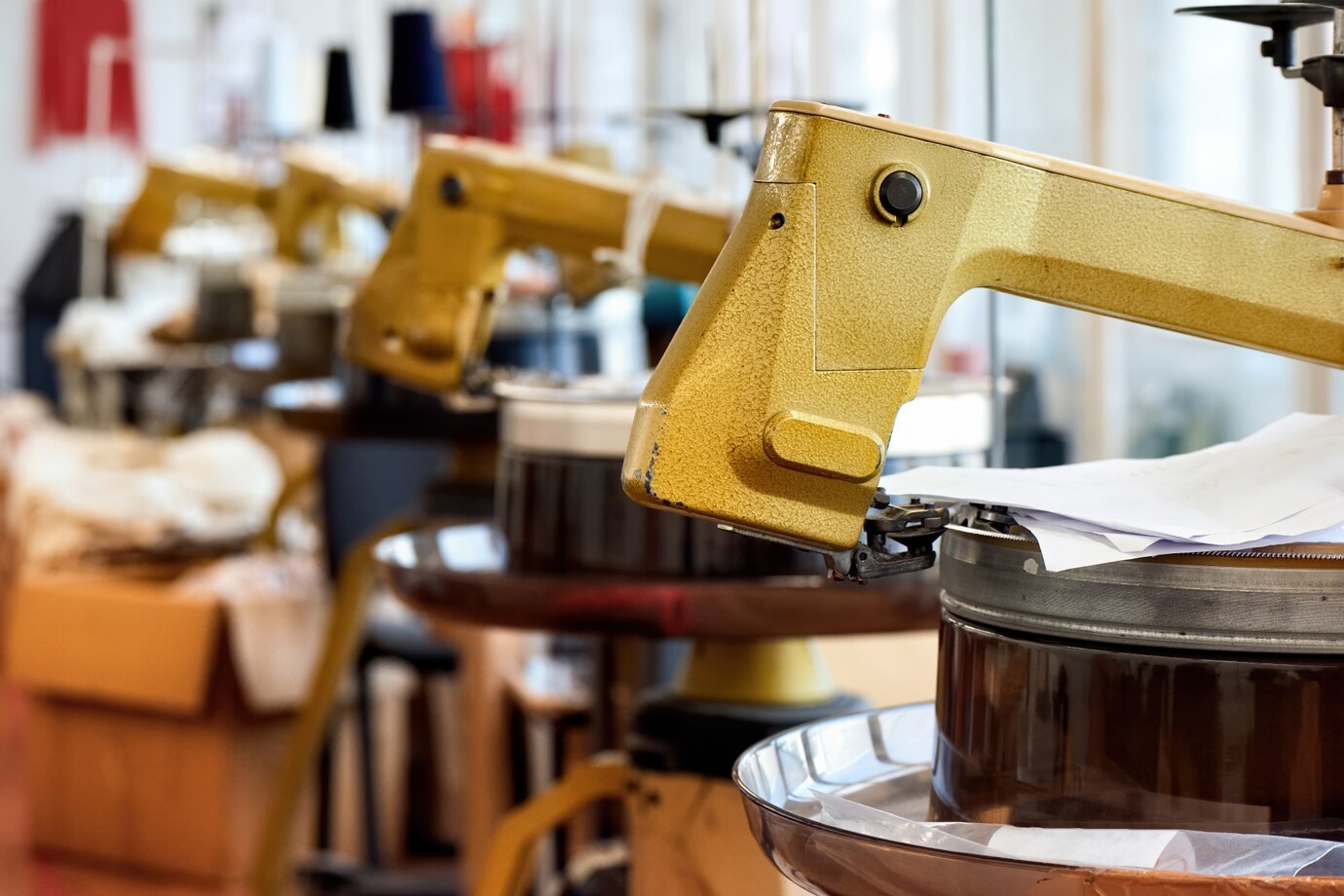
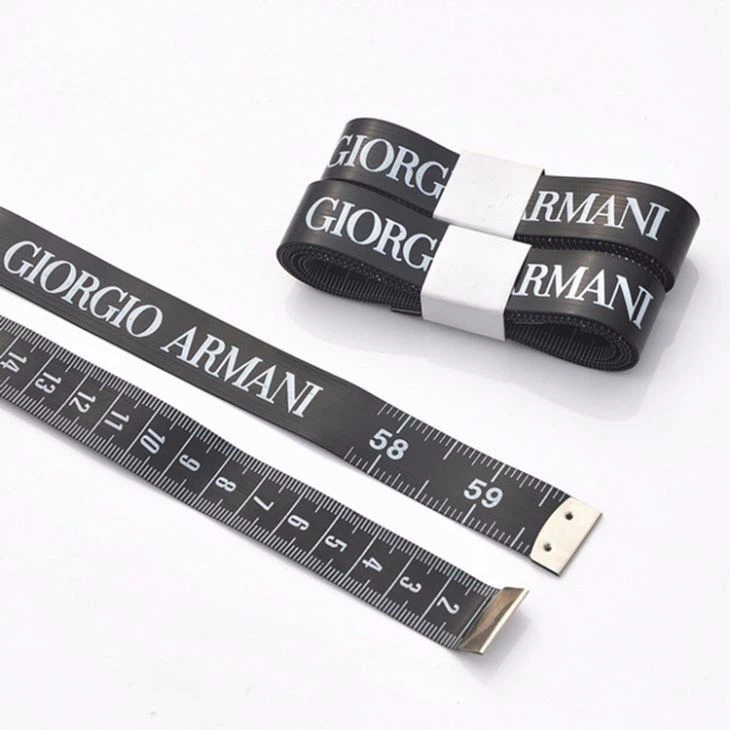
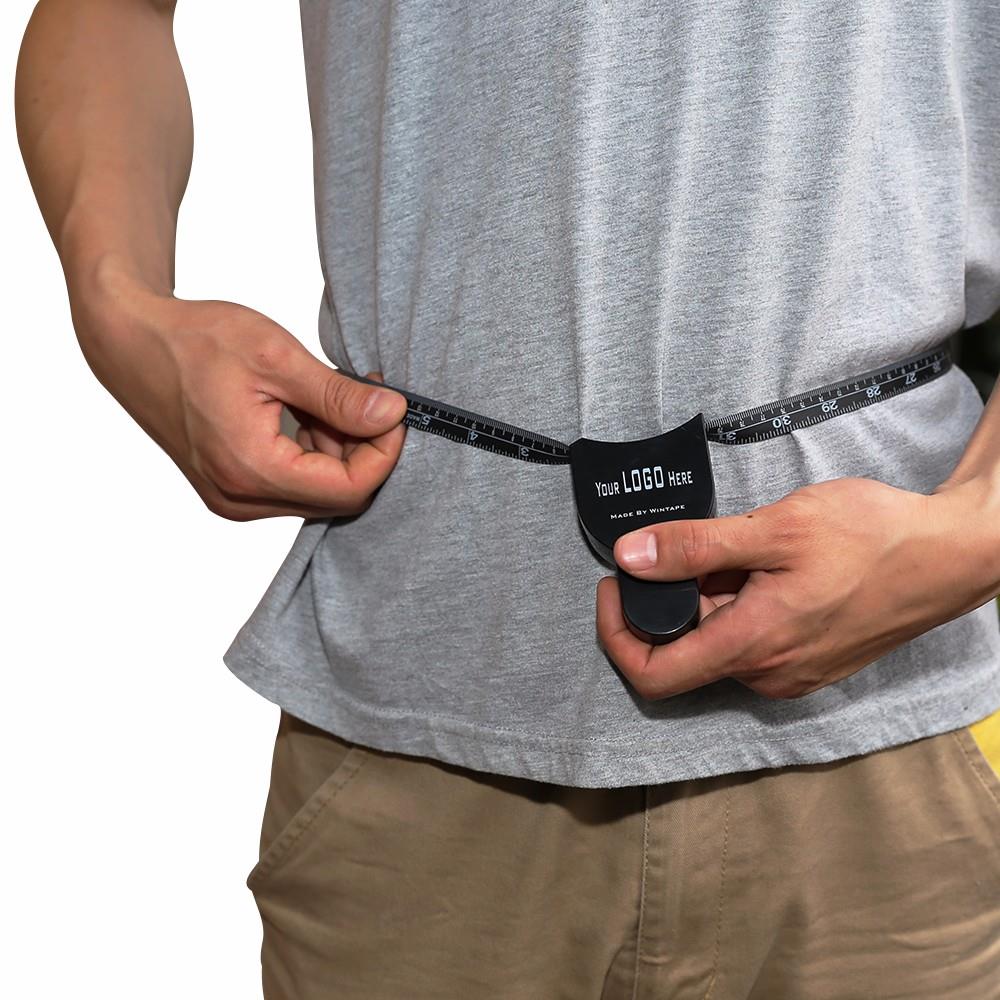
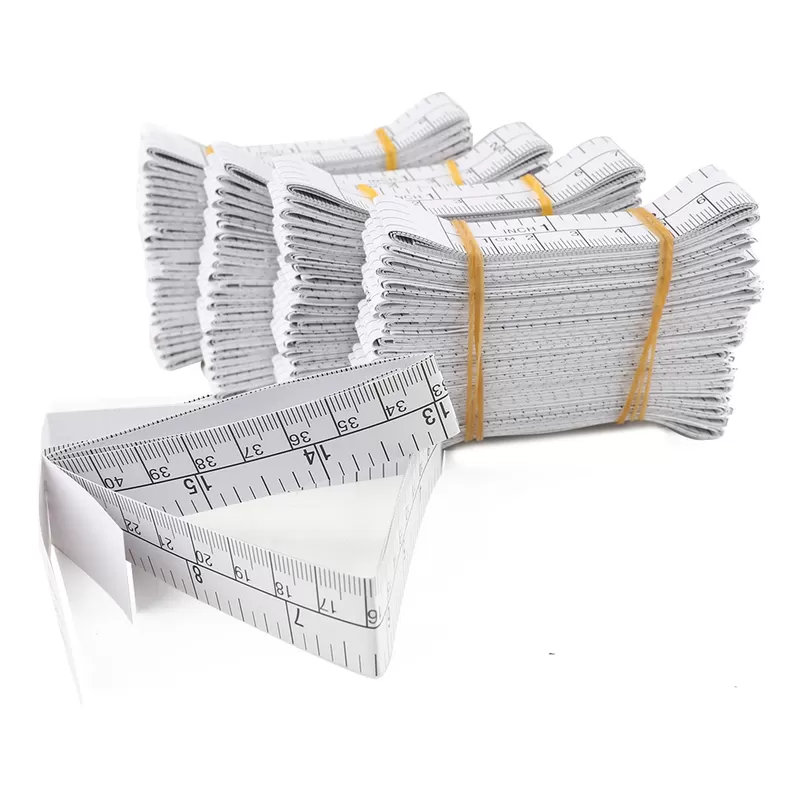
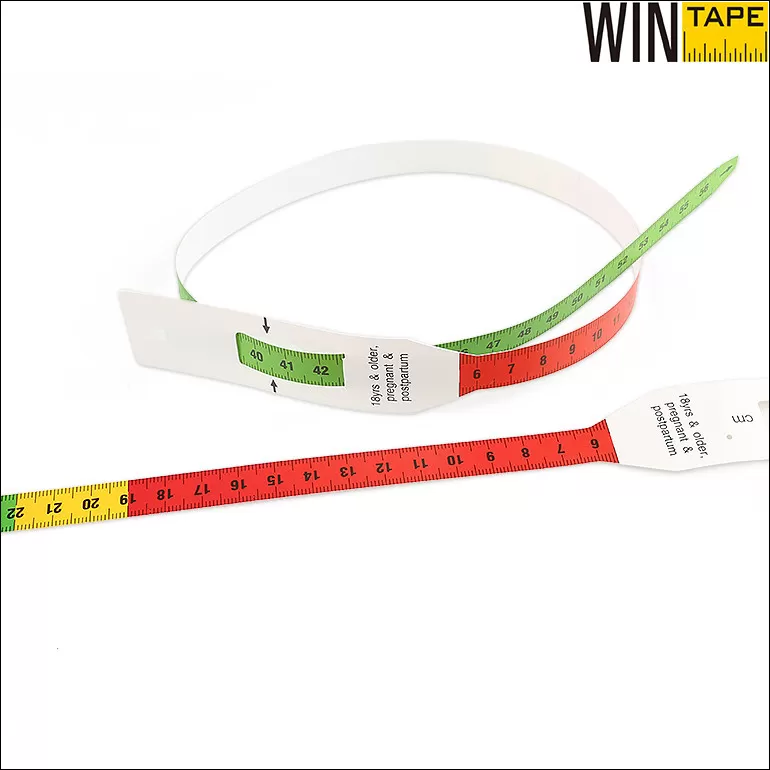

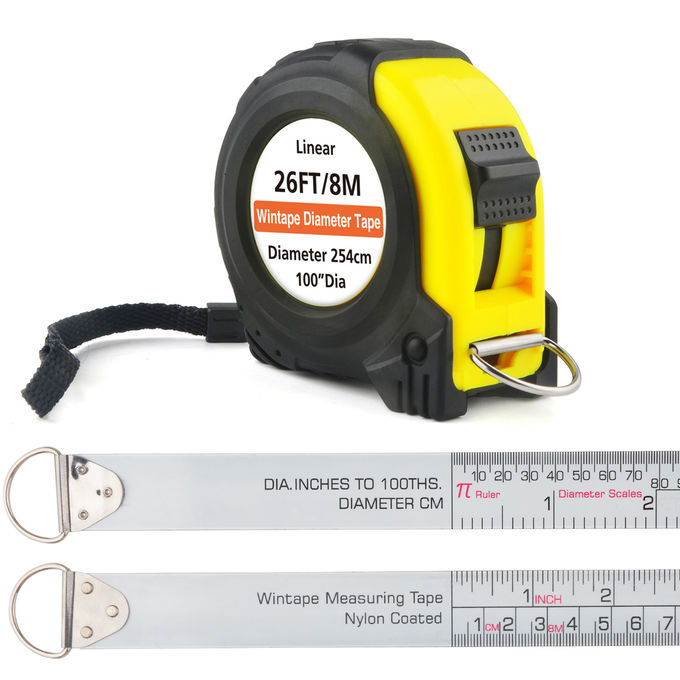
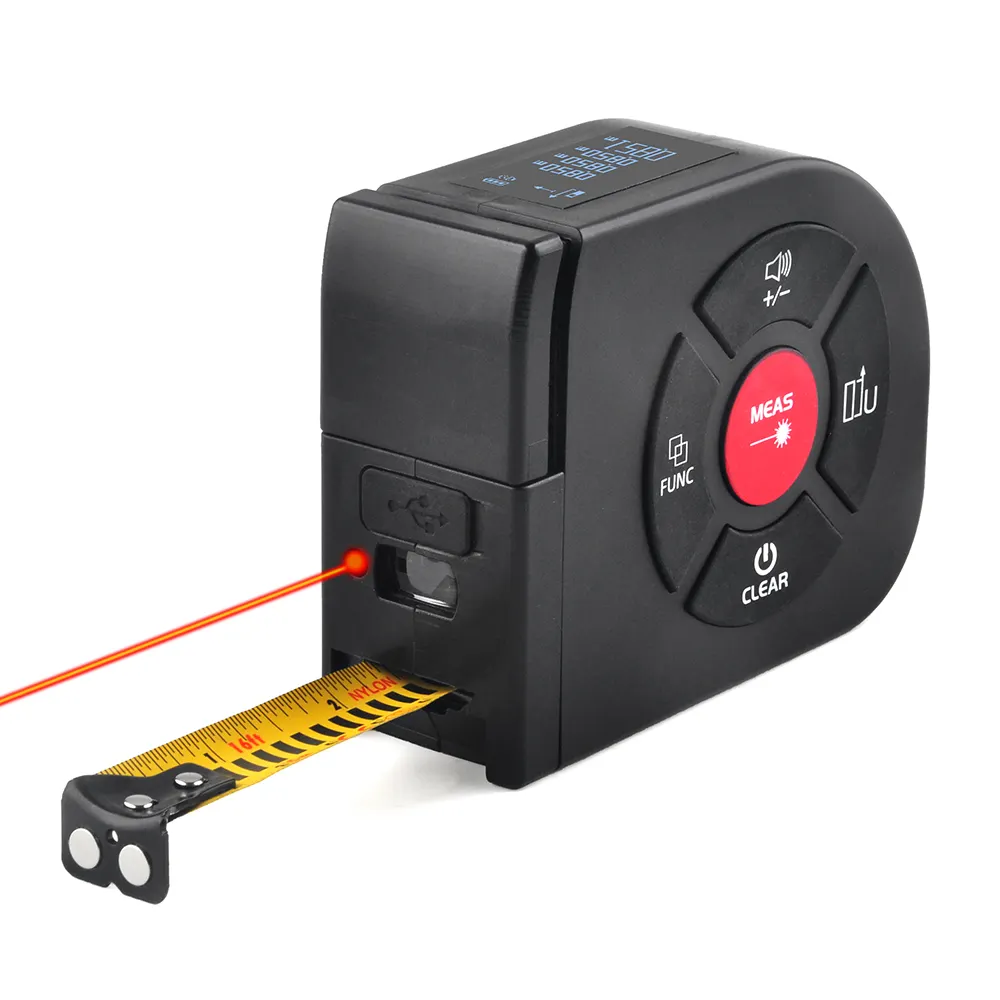

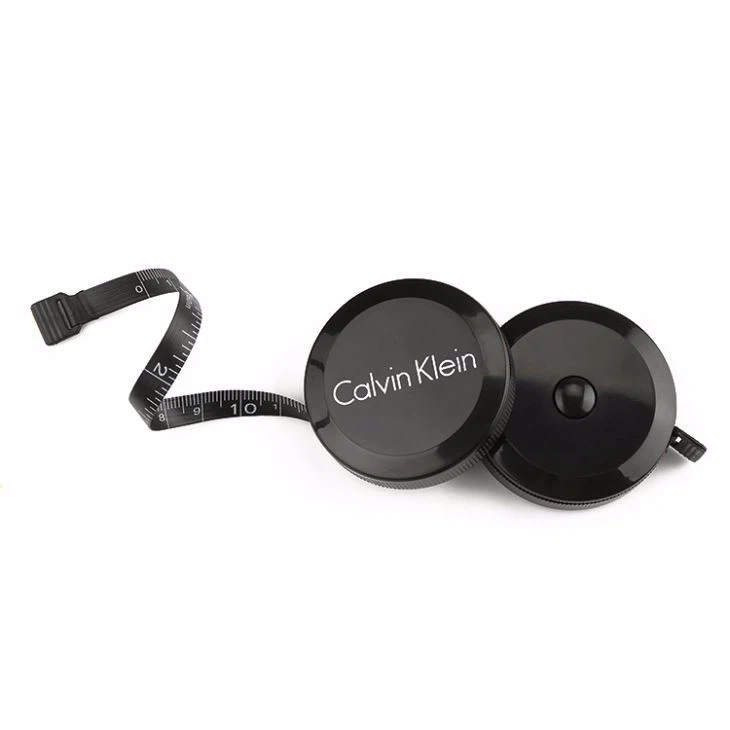
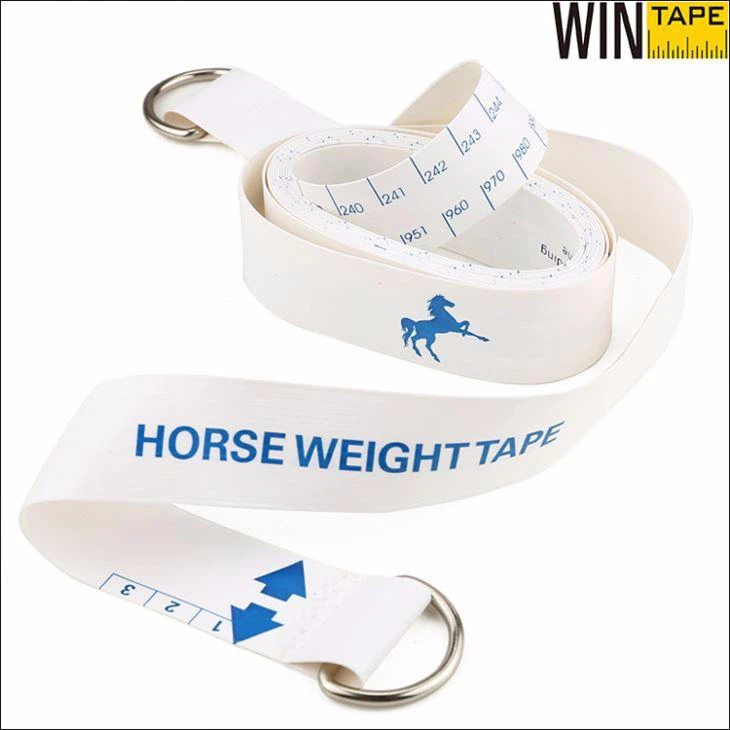
.webp)
.webp)
